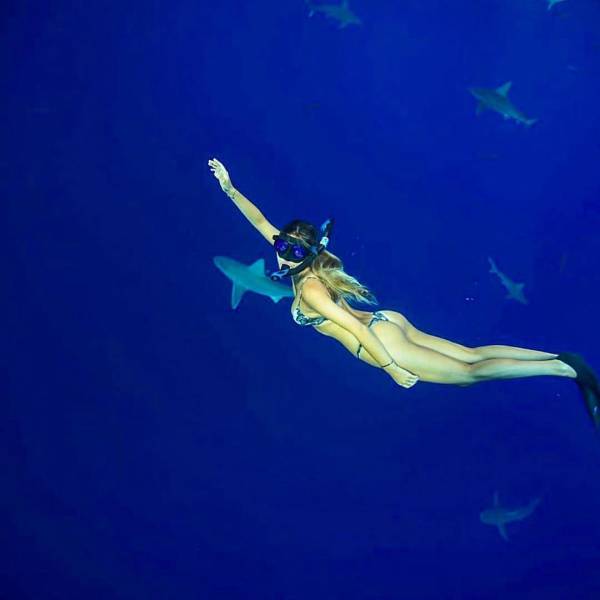|
|
Playing With Sharks
|
• Thermoregulation
Most sharks are "cold-blooded", or more precisely poikilothermic, meaning that their internal body temperature matches that of their ambient environment. Members of the family Lamnidae, such as the shortfin mako shark and the great white shark, are homeothermic and maintain a higher body temperature than the surrounding water. In these sharks, a strip of aerobic red muscle located near the center of the body generates the heat, which the body retains via a countercurrent exchange mechanism by a system of blood vessels called the rete mirabile ("miraculous net"). The common thresher shark has a similar mechanism for maintaining an elevated body temperature, which is thought to have evolved independently.
• Osmoregulation
In contrast to bony fish, with the exception of the Coelacanth, the blood and other tissue of sharks and Chondrichthyes in general is isotonic to their marine environments because of the high concentration of urea and trimethylamine N-oxide (TMAO), allowing them to be in osmotic balance with the seawater. This adaptation prevents most sharks from surviving in fresh water, and they are therefore confined to marine environments. A few exceptions to this rule exist, such as the bull shark which has developed a way to change its kidney function to excrete large amounts of urea. When a shark dies the urea is broken down to ammonia by bacteria — because of this, the dead body will gradually start to smell strongly of ammonia.
|
|









